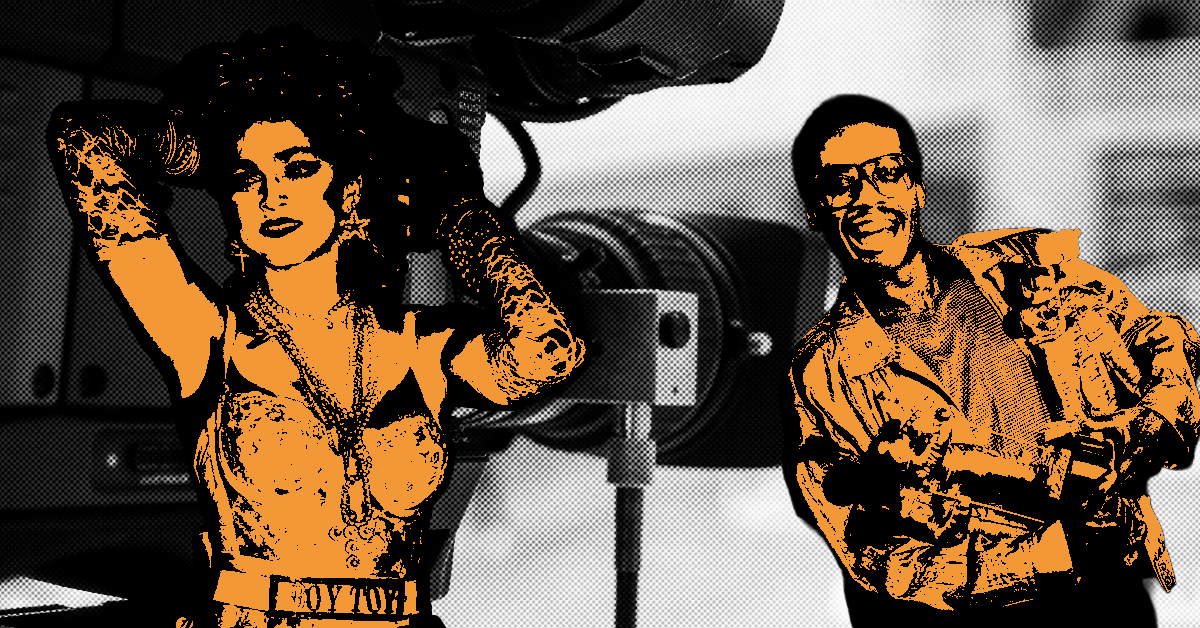Some musicians might wonder if music videos are worth the time and effort. The answer was revealed on September 14, 1984, when MTV held its inaugural Video Music Awards ceremony. That night changed how we think about music forever. The artists who understood that people need something to look at while they listen are the ones we still remember today.
One Performance Can Rewrite Your Entire Story
Madonna showed up to the 1984 VMAs in a wedding dress with a belt buckle that said “Boy Toy” and rolled around on stage singing “Like a Virgin.” The performance was messy, controversial, and absolutely electric. Forty years later, people still reference it.
That single moment overshadowed everything she’d done before. Five minutes on stage completely redefined who she was as an artist. Before that performance, she was another pop singer trying to break through. After it, she became Madonna.
Every time you step in front of people, you get that same opportunity. Whether you’re playing a half-empty coffee shop or filming yourself in your bedroom, you’re showing people who you are. Will you play it safe or give them something they can’t forget?
Video Became Storytelling
In the early days of the medium, music videos tended to be pretty straightforward. Get a recording of the artist performing the song, and everyone calls it a day. The VMAs showed that artists can create entire worlds through their music videos.
Herbie Hancock’s “Rockit” music video, featuring robots and mannequins doing weird, jerky dance moves, won multiple awards at the VMAs that night. It sounds odd when you describe it on its own, but it created something unforgettable once paired with the song. The VMAs recognized videos as essential storytelling tools.
Now everyone’s doing this on TikTok and YouTube: same concept, different platform. Hollywood-level budgets aren’t a necessity anymore. A well-thought-out video idea can make a song explode overnight.
Your Look Is Part of Your Sound
The 1984 VMAs saw Prince walk into the ceremony looking like musical royalty. Cyndi Lauper showed up like rebellion in bright colors. Every artist understood that their visual choices were an important part of their music.
Your photos, stage setup, and recording space lighting all convey something about your sound before your audience first listens to the music. Some artists get defensive about this, like caring about visuals means you’re not serious about the music. That’s missing the point entirely.
The artists who last understand that everything works together. Your sound, your look, and your vibe are all part of the same package.
What This Means for You Right Now
Those VMAs established something simple: musicians who think beyond just audio are the ones who stick around. They know their music exists in a visual world, whether they plan for it or not.
Start with what you have. Your phone shoots better video than MTV had access to in 1984. Think about your story, your background, your clothes, and the mood you’re creating when you create a music video.
The key is being intentional. What do you want people to think when they discover your music? Then make visual choices that support that feeling.
Why This Still Works Today
The first VMAs proved something that hasn’t changed: people remember music better when they can see it and hear it together. Those artists became icons because they understood this fundamental truth about how we process and remember experiences.
Your phone records better video than the equipment MTV used in 1984. The tools have improved, but the principle remains the same. Visual storytelling amplifies musical impact.
When planning your next music video, put a lot of thought into the story you want to tell. When you give people something to look at while they listen, you’re giving them a complete experience they can’t get anywhere else. That’s how good songs become the ones people can’t stop playing.

